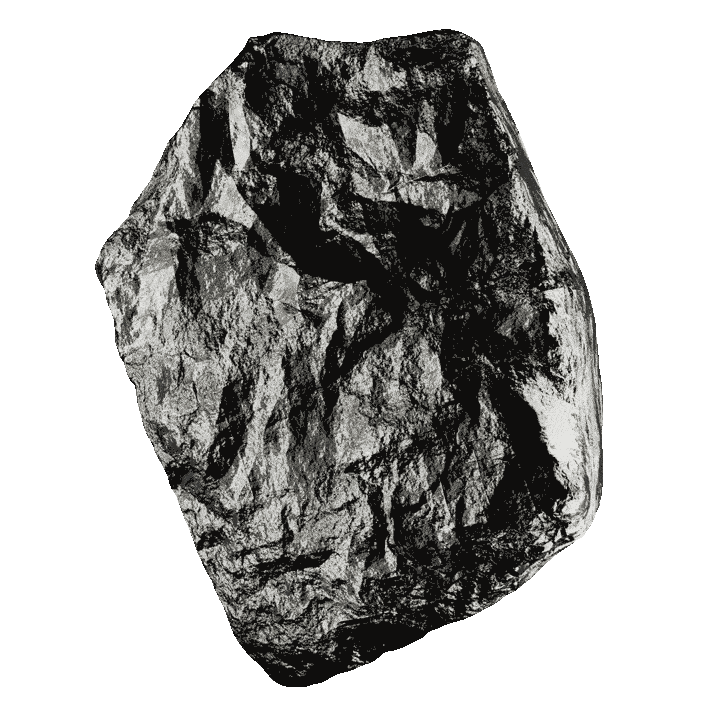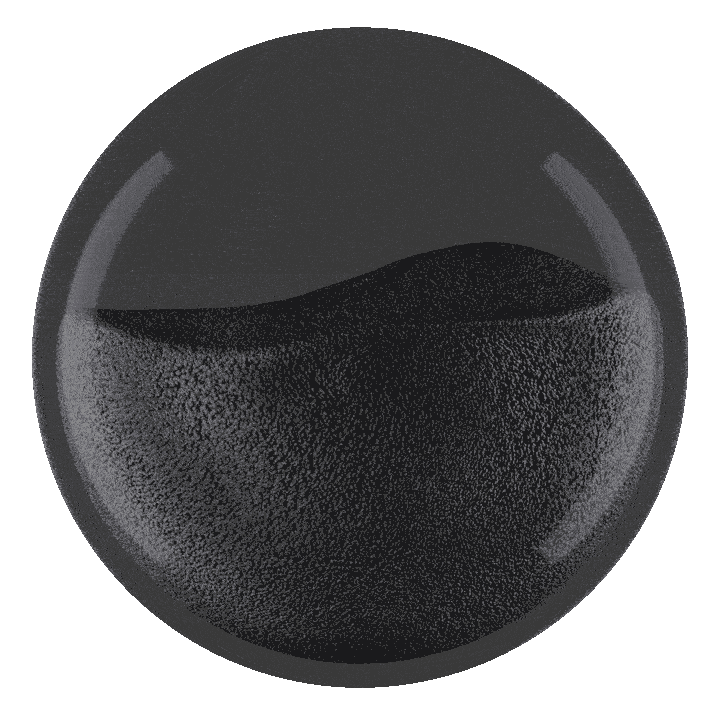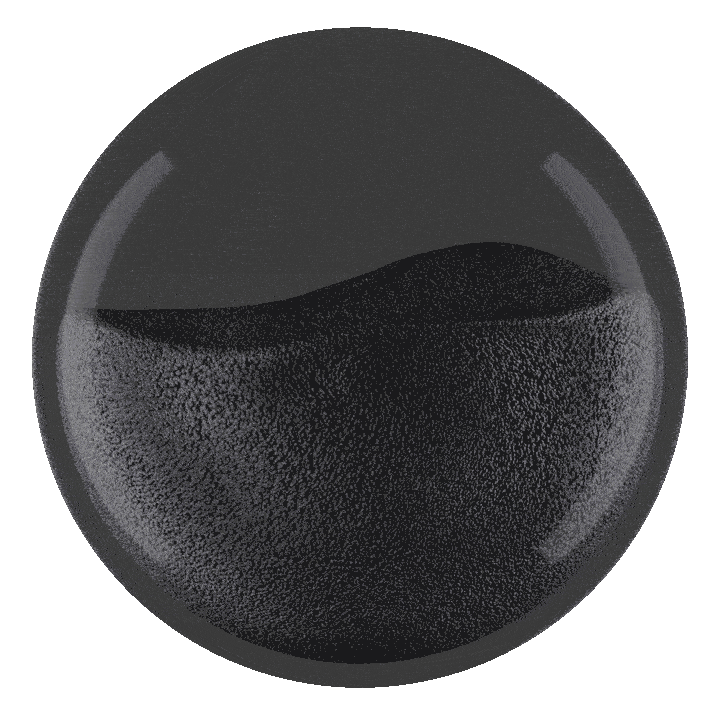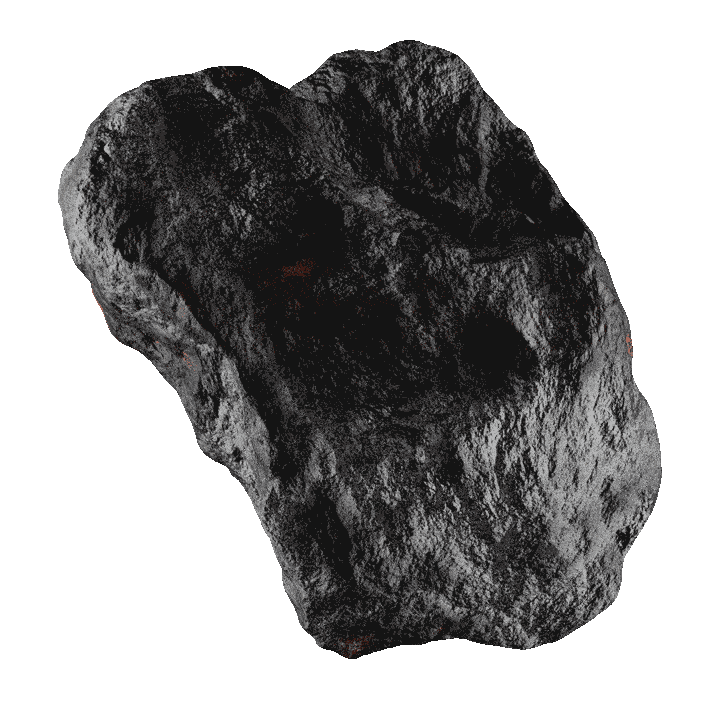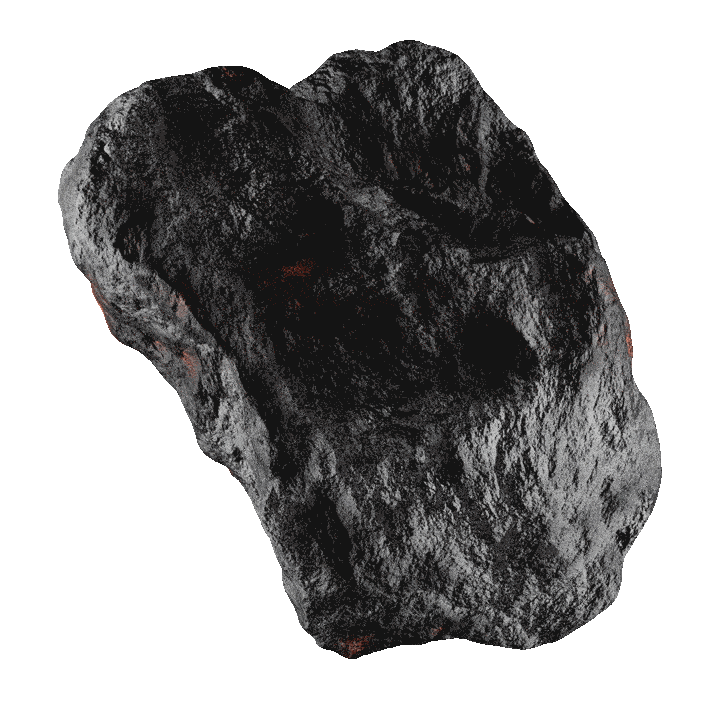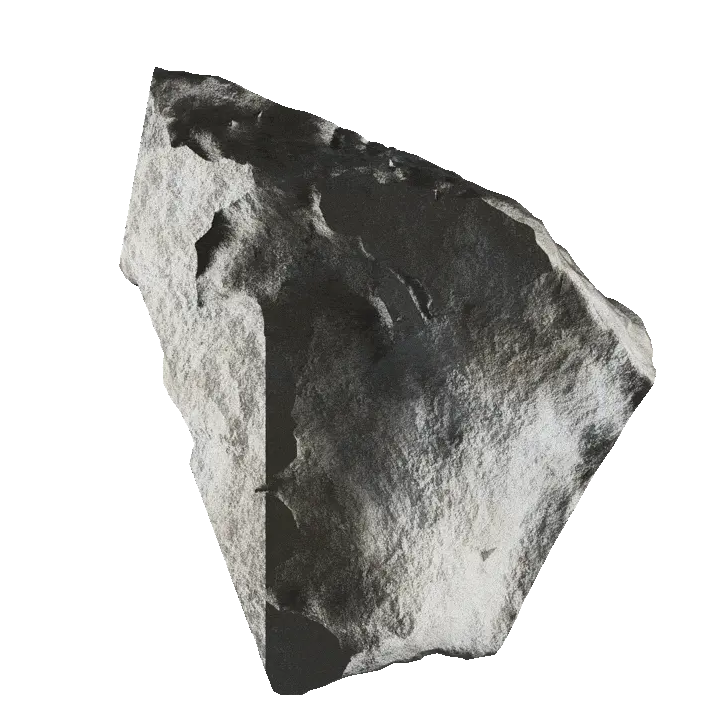
Ferroalloys
Introduction to Ferroalloys, Their Applications, and Factors Affecting Prices
If we want to refer to one of the most important materials required in various industries, we must mention Ferroalloys. These products, known in our country as Ferroalloys, are primarily used to enhance and strengthen properties such as tensile strength, improve shape modification, and create resistance against wear in steel.
How are Ferroalloys classified?
When purchasing Ferroalloys, they are usually classified into categories. Nowadays, these materials are divided into two main groups. The reason for this classification is related to the overall difference in their production, which also affects their prices.
The first and most widely classified category of Ferroalloys is the major category. These materials are produced in electric furnaces called electric arc furnaces. The production volume of these materials is very high and they are mainly favored by heavy industries.
Another category is considered special Ferroalloys. Unlike the previous type, these materials are only produced in highly specific furnaces, and their overall volume is usually much smaller. Although these products have fewer users, they are used for specific purposes such as purification and deoxidation.

How are Ferroalloys produced?
To produce these products, a blast furnace is required. In these furnaces, there is a high-intensity air flow, and on the other hand, a certain amount of ore is introduced. The high heat and a specific substance called coke accelerate the process of melting the ore.
In the next step, Ferroalloys will be prepared from the molten materials related to the respective ore. It is interesting to note that the production process of this product may take more than eight hours. However, these cases are only a part of the entire process of producing Ferroalloys. Naturally, each of these stages has different subsets that require specific conditions.
The relationship between Ferroalloys and iron ore
Some people ask about the relationship between Ferroalloys and iron ore. To answer this, it should be noted that the flux used inside the furnace for producing Ferroalloys is either iron ore or a type of iron ore. In fact, the absence of this material will prevent the production of high-quality Ferroalloys.
In the furnaces known as electric arc furnaces, the temperature required to melt these ores and produce Ferroalloys must exceed three thousand degrees Celsius, which is indeed a very high temperature. After the production process of Ferroalloys is completed, the remaining iron ore will not be usable. It should be mentioned that the overall quality of the iron ore used at this stage can also affect the final quality of the desired products.
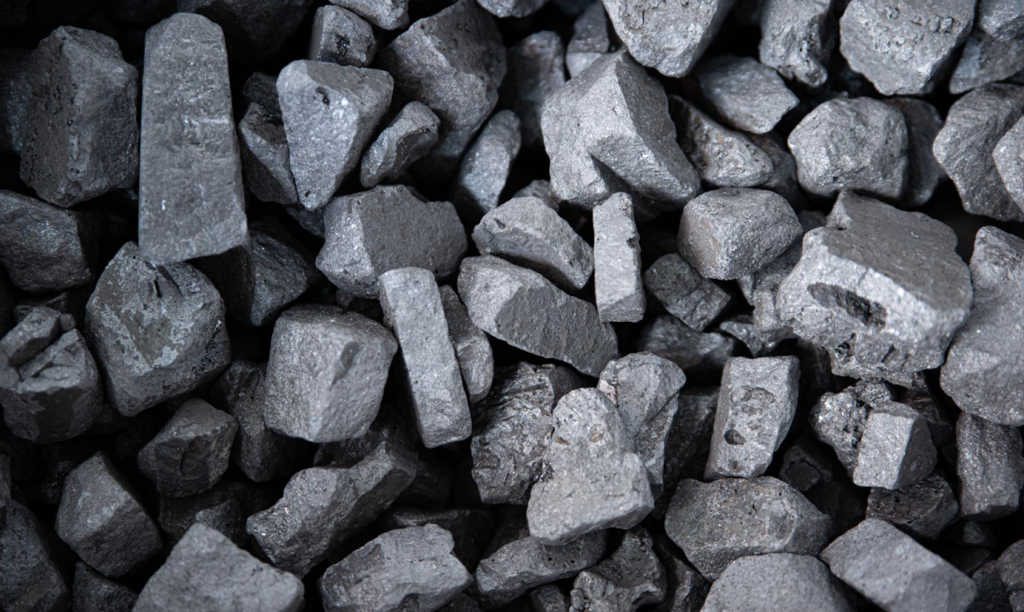
What factors determine the consumption of ferroalloys?
In general, the consumption of ferroalloys depends on various factors, such as the type of steel to which you intend to add this material, the method of addition, steel slag, and the volume of the molten steel bath. Naturally, as the volume of the mentioned bath increases, the required amount of ferroalloy also increases.
Imbalance in the timing of adding ferroalloy to the existing steel solution leads to the production of unsuitable and very low-quality steel. Therefore, it is necessary to calculate the desired amount of ferroalloy accurately before carrying out this process.
Typically, in the production process of ferroalloy-containing steels today, this material is added in such a way that its amount in the ladle is higher than its amount in the tundish. However, this also depends on the type of steel, and in some cases, this ratio is reversed.
What are the different grades of ferroalloys that can be purchased?
Today, ferroalloys are available to users in various grades so that they can purchase them according to their needs. Naturally, the existence of such diversity allows users to choose the most suitable product when buying ferroalloy.
Among the most important grades of this product, we can mention items such as ferro niobium, ferro boron, ferro vanadium, ferro molybdenum, ferro titanium, ferro chrome, and more. These options are only part of the grades of ferroalloy, and there are other options that users can purchase.
The main factors affecting the price of ferroalloys
We cannot talk about the factors affecting the price of ferroalloys, but we should mention the overall quality of raw materials and iron ore. It should be noted that the higher the quality and overall quality of the raw materials used to produce ferroalloys, the higher the price of the final products will be.
Another important factor that affects the final price of ferroalloys is the exchange rate. Some of the raw materials needed to produce these products are imported, and for this reason, an increase or decrease in the exchange rate can have an impact on their price.
Ferro silicon
Introduction to the characteristics and applications of ferro silicon
Ferro silicon is considered a type of ferroalloy. Silicon and iron are the most important components of its core. Depending on the type of need and application expected from this product, it will contain 15% to 90% silicon. This ferroalloy has a metallic appearance and its color is gray. It is odorless but can be harmful to health if inhaled. This product has a special place in the steel and foundry industries. The density of this material depends on the percentage of its constituent materials; the lower the silicon content in its structure, the lower the density. If you want to learn more about the properties and applications of ferro silicon, do not miss the rest of the article.
Introduction to the characteristics of ferro silicon
Ferro silicon has a melting point between 1290 to 1390 and a boiling point of 2355. When it comes into contact with water, it reacts with it, resulting in the production of hydrogen. This metal has a high magnetic capability and is highly resistant to corrosion. Although various amounts of silicon are used in the formation of this material, it is mostly consumed with a purity level of 75%. Iron, a small amount of calcium, sulfur, aluminum, and other elements form the other parts of this metal.”

How is this metal produced?
To produce this material, three categories of materials are used:
- Silicon
- Iron-bearing materials
- Reducing agents
The main source of silicon is quartz and quartzite, which contain 97% silicon. Carbon is responsible for reducing silicon in the furnace. Carbonaceous materials such as coal and coke are used to supply carbon in the furnace. Iron-bearing materials with high purity will provide the required iron. However, the production of this material is not an easy task. It requires advanced and high-quality tools and equipment. Electric arc furnaces, which have very high temperatures, are used for producing this material. These furnaces are also known as induction furnaces. In the following, you will become familiar with the stages of ferrosilicon production:
- Initially, the raw materials are poured into the furnace in specific proportions to melt at high temperatures.
- It takes about 4 hours to form the molten compound. Then, the formed molten mixture is transferred outside through special channels. It is then directed to the casting section.
- In the casting section, the material, which is in a molten state, is shaped. Once the material has completely cooled down, it will be crushed into small pieces by a crushing machine.
- The production of this metal is considered a slag-free process. This means that all materials poured into the furnace will be utilized as raw materials. Therefore, as much as possible, high-purity materials should be used in the furnace.
What is the industrial application of this metal?
Steel plants have the highest demand for this metal. It is used as an oxidizing agent in the steel industry. It also contributes to the hardness and strength of steel in the casting industry. Additionally, increasing elasticity and magnetic properties are among the other functions of this metal. Due to its high graphitization capability, it is used as an inoculant in the production process of cast iron. This metal plays an important role in separating and reducing heavy materials. With the help of this product, silicon-rich alloy steels are produced. Moreover, this material acts as a non-breakage agent in non-breakable iron components. It is also used in the production of ferrosilicon steel.
Benefits of using ferrosilicon in the welding industry
Another industry that consumes a significant amount of this alloy is the welding industry. Graphite electrodes produced using this material play a vital role in the welding industry. In fact, this metal is an essential and highly practical material in the welding industry. Another advantage of this metal in welding is its high coverage ability. Therefore, it is used in coating welding wires and specialized welding electrodes.
Advantages of using it in the foundry industry
Ferrosilicon can be considered one of the practical and important compounds in the foundry industry. Besides being used as an inoculant, this metal is also considered a primary material in graphite formation. It should be noted that in the production of gray irons, this metal plays a crucial role in the casting stage. Some factories, whose primary objective is silicon production, have allocated the highest amount of consumption of this material to themselves. Another advantage of using this metal can be seen in the production of plain carbon steels. From these discussions, it can be inferred that this material has an important and practical role in the foundry industry. Therefore, the absence of this valuable material will cause irreparable damage to the industrial sector.
Ferromanganese
What is the application of ferromanganese in the industry?
One of the most consumed ferroalloys is ferromanganese. This metal is obtained by combining carbon with coal and manganese oxide at high temperatures. Approximately 65% to 95% of this material is composed of manganese. Depending on the intended application, the percentage of carbon is determined. However, in the structure of this ferroalloy, various amounts of sulfur and phosphorus are also used besides manganese and iron oxide. Important features of this metal include high hardness and low sulfur content. This material is highly applicable in industries such as chemistry, ceramics, metallurgy, electronics, etc. Its primary role in the industry is the production of iron alloys, which are considered essential materials for cast iron and steel. If you are interested in learning more about the properties and applications of ferromanganese, continue reading the article.
Introduction to Different Types of Ferromanganese
High-carbon, medium-carbon, and low-carbon ferromanganese are considered types of this material. It should be noted that the carbon content will not change after adding another ferroalloy during the production of the product. This metal is one of the five iron alloys of low carbon. For every 3% of manganese in its structure, it increases the tensile strength of steel by ten kilograms. Low-carbon ferromanganese is widely used in the steel industry. Products made from this type of metal have high quality and durability. Moreover, this metal allows the parts to be well machined. This type of ferroalloy is composed of 79% manganese, 8% carbon, 0.3% phosphorus, and 0.25% sulfur.

How is this metal produced?
This product is produced in a type of furnace called submerged arc furnaces. To produce this metal, it is necessary to continuously add manganese, ore, and coke to the furnace. The desired temperature of the furnace for producing this material should be about 2600 degrees Celsius. The presence of carbon in the furnace causes the reduction of the ore, resulting in this material. The use of ferromanganese alloys is the separation of excess oxygen and sulfur in steel furnaces. Due to the high sulfur concentration in steel, it reduces its homogeneity. Therefore, the combination of manganese with sulfur leads to the production of manganese sulfide in the slag.
What are the characteristics of this metal?
To identify a high-quality ferroalloy, one must first become familiar with its visual characteristics. Some of the properties of this material are as follows:
- Ferromanganese has a similar appearance to a lump.
- The melting point of this metal is between 1050 and 1260 degrees, subject to change.
- The structure of this product does not include metallic impurities and external contaminants.
- This ferroalloy has a distinct odor and is moisture-free.
- The color of this metal is silver before oxidizing, but it darkens when exposed to oxygen in the air.
- Another characteristic of this product is its solubility in water. Additionally, this metal is flammable.
- The volumetric density of this material is 4 tons per cubic meter.
- Another characteristic of this metal is its low reactivity. Therefore, it does not react with other substances.
What are the industrial applications of this ferroalloy?
The presence of manganese in the composition of this product has given it a special place in the industry. This metal has various applications in different industries. The following are some of its applications:
- This ferroalloy is used in the production of various types of chemical and plant fertilizers.
- It is used with high-carbon steel to facilitate the machining of hard steel parts.
- For producing high-hardness cast iron components, the use of this metal is the best option.
The role of ferromanganese in the steel industry
The role of ferromanganese in the steel industry is to enhance the quality of steel. It achieves this by eliminating impurities such as oxygen and sulfur. Carbon steels contain about 1.6% manganese and are considered one of the most important types of steel. The presence of manganese in the structure of this material results in the production of strong steel with low brittleness. Substituting manganese for nickel in the production of stainless steels also reduces costs. Moreover, the use of manganese in steel production increases the strength and ductility of steel. Another application of this ferroalloy is to reduce the cooling rate and increase the hardness of manufactured parts.
Applications in the chemical industry
In addition to the steel industry, this ferroalloy is also used in the chemical industry. It is utilized to produce various types of sulfates, chemical and plant fertilizers, disinfectants, oxidizing agents, etc. Furthermore, this ferroalloy is used in the glass manufacturing industry, the production of various types of colors and glazes, bricks, and varnishes.
Ferrosilicomanganese
Today, alloys are materials that have contributed to the advancement of industries and technological growth. Various materials are used to produce alloys, but one of the most important ones is ferroalloys. Ferrosilicomanganese, which we will focus on in this article, is one of the important ferroalloys used in the steel industry. Stay with us to learn more about this material.
What is Ferrosilicomanganese?
Ferrosilicomanganese (FeSiMn) belongs to the category of ferroalloys produced from silicon and manganese. This ferroalloy is highly resistant to heat and temperature due to its high manganese content, making it suitable for the construction of various types of furnaces and other equipment. This ferroalloy is particularly suitable for the production of steels with low carbon content. The presence of silicon manganese helps retain excess silicon in the production process of various materials, resulting in the strength and resistance of products against various chemical compounds. Iron and phosphorus are other constituents of this ferroalloy.
However, it should be noted that there is another type of this material called low-carbon ferrosilicomanganese, which is produced from materials such as manganese, silicon, iron, phosphorus, carbon, and sulfur. Many forms of this material are used in various industries without any contamination.
Ferroalloys
As you have seen in this text, the term “ferroalloy” is repeated alongside this material, so it is better to familiarize yourself with the concept of ferroalloy before explaining its various applications.
Ferroalloy, also known as “hardter” or “amijan,” is widely used in various petrochemical and alloying industries due to its status as a primary material in many products. It has a high weight, and iron is one of the main materials used to produce alloys.
This material speeds up the melting process and production, making it used in the construction of various furnaces and electric motors.
Applications of Ferrosilicomanganese
One of the uses of ferrosilicomanganese is in the steel industry, where it is extensively utilized. Here are a few important applications of ferrosilicomanganese:
- Reduction of carbon solubility in various steels and alloys
- Deoxidation in alloys
- Reduction of impurities in materials such as sulfur, phosphorus, and nitrogen
- Enhancement of strength and power in various steels
- Suitable substitute for ferrosilicon and ferromanganese
It should be noted that silicon and manganese play a significant role in alloy production as they reduce oxidation in steel and eliminate excess sulfur in alloys. Silicon is the best material to reduce the oxidation of iron. Additionally, manganese also acts similarly to silicon and is one of the most important types of alloys used in steelmaking.
Another application of ferrosilicomanganese is in alloying for producing steel and deoxidation. Moreover, it can be used for steel production with low carbon content. Note that ferrosilicomanganese with a silicon content greater than 70% is used for producing stainless steels.
Ferrosilicomanganese acts as a very strong deoxidizer when it contains a significant amount of silicon, enhancing the mechanical properties of steel. Generally, the use of this material in industries is primarily focused on improving the mechanical properties of steels through the addition of alloying elements and the removal of elements such as sulfur and oxygen. The primary alloying elements increase the strength and heat resistance of steels.
Production Process of Ferrosilicomanganese
To produce ferroalloys, mineral ores are utilized. These ores need to be first oxidized and then used for the production of alloys. However, the most important production methods for this practical material are as follows:
- Production using carbonaceous materials by adding electrical energy in arc furnaces.
- Production using metals such as aluminum and silicon through heat reduction.
As mentioned, ferromanganese must be produced from mineral ores in electric arc furnaces or tall furnaces that can withstand high heat intensity. Ferrosilicomanganese needs to be produced with a moderate carbon content through the combination and refining with manganese, so that it acquires not only strength but also antioxidation properties. Furnaces play a crucial role in the production of this material because, after the combination, all the materials must be heated at high temperatures and remain resistant due to the presence of a substance called silicon. Many engineers use sand or quartz to produce silicon and then mix it with carbon, subjecting it to heat again. After the combination and addition of sand and carbon in the final stage, pure iron is added to the compounds, and ferrosilicomanganese is produced in the ferrosilicomanganese furnace.
Final Remarks
As mentioned, ferroalloy is a highly important and versatile product that can be used in various industries. For more information, you can visit the website kaladasht.com and fill out the contact form to avail the services of this company.
FAQs
In this text, we have discussed various aspects related to different types of ferroalloys. Some users may still have specific questions regarding this matter. Now, we will address some of these questions and provide their answers to give you a better understanding of these products.
In general, these materials are produced from specific elements such as manganese, silicon, and aluminum.
Ferroalloys have a brittle structure, and therefore, they cannot be used separately.
These mentioned alloys will be added to liquid steel to create desired compositions for the end user.
Currently, these materials are produced using two different methods: the tall furnace and the electric arc furnace.
Final Words
Ferroalloy, also known as ferroalloy, is one of the most widely used products in various industries today. The price of this product depends on various factors mentioned in this text. Obtaining a suitable ferroalloy is essential for the production of high-quality products. For more information about this product and its price, you can contact the experts at KALADASHT to receive the necessary guidance.




